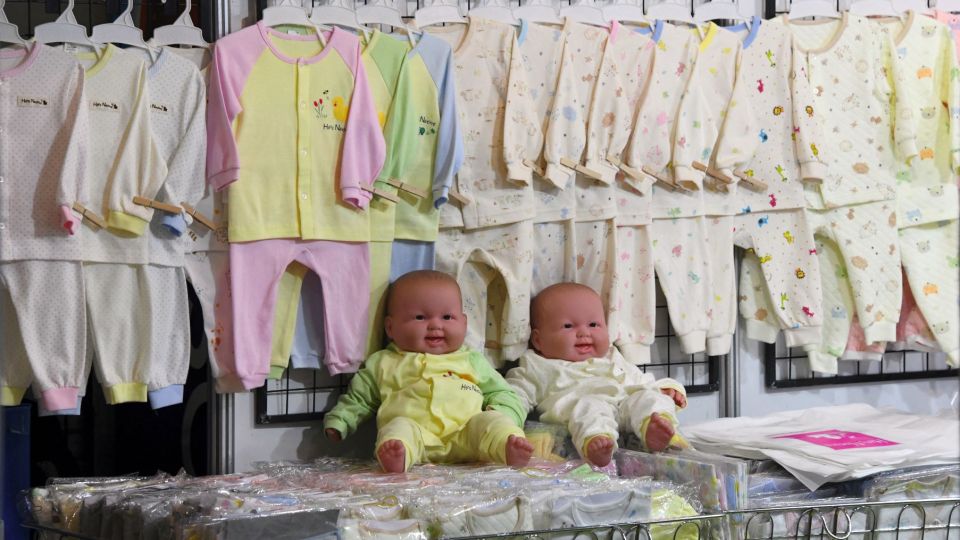August 26, 2025
SEOUL – Korea has unexpectedly emerged as a global leader in multiple births, even as its overall fertility rate continues to fall, according to data released Monday.
New data by the Korea Institute for Health and Social Affairs showed that Korea recorded 26.9 multiple births per 1,000 deliveries in 2023. That figure ranks second among 27 countries tracked by the Human Multiple Birth Database, just behind Greece at 29.5, and far above the global average of 15.5.
When it comes to triplets and beyond, Korea ranks No. 1.
Higher-order multiple births reached 0.59 per 1,000 deliveries, outpacing Greece at 0.37 and nearly tripling the global average of 0.21.
This rise stands in contrast to Korea’s plunging fertility rate.
Statistics Korea reports the rate has fallen from 1.48 children per woman in 2000 to just 0.72 in 2023.
However, during the same period, the number of multiple births grew from 10,768 to 12,622, with their share of all births climbing from 1.7 percent to 5.5 percent.
Experts point to wider use of assisted reproductive technology, including in vitro fertilization. Naturally, multiple births occur in only about 1-2 percent of pregnancies. But with fertility treatments, that rate can reach as high as 40 percent.
As infertility treatments in Korea have surged, rising from 87,000 procedures in 2018 to about 140,000 in 2023, multiple births are expected to keep increasing.
Nonetheless, a rise in triplet births is not necessarily good news.
“Multiple pregnancies carry significant health risks for both mothers and babies,” said Bae Hye-won, a researcher at the Korea Institute for Health and Social Affairs.
“Korea needs to strengthen its data on multiple-birth families and develop health and welfare policies tailored to their needs.”
Compared with single pregnancies, multiple pregnancies are typically about three weeks shorter. This means the risk of premature birth before 37 weeks is nearly ten times higher.
ssh@heraldcorp.com


